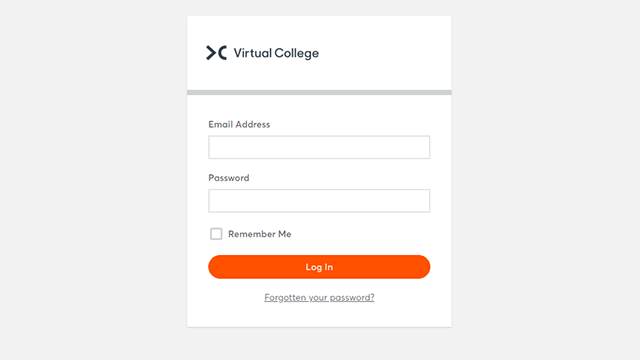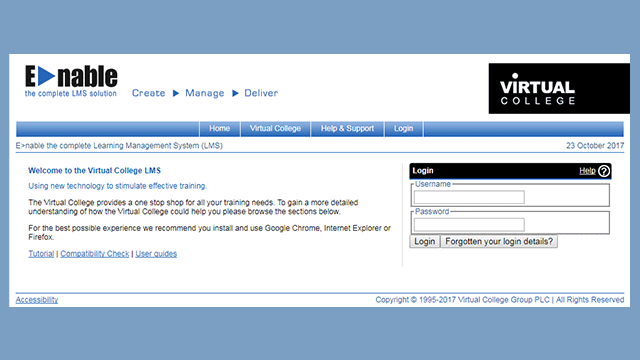Online Courses FAQs
Choosing the right course or knowing which one best suits your requirements can be difficult, here we answer the most commonly asked questions about popular topics to help.
Fire Safety Signs FAQs
Fire Safety signs are common in workplaces and other areas where the public are, find out the meanings of them here with our FAQs.
-
What are the 4 types of fire extinguishers?
There are 5 main types of fire extinguisher – water, powder, foam, CO2, and wet chemical.
Read our guide about the different types of fire extinguishers and their uses to find out more.
-
What does fire safety mean?
Fire safety is a set of procedures which aim to reduce the amount of damage and injuries caused by fires. These include risk assessments to help identify and reduce areas of fire risk, and formulate an emergency and evacuation plan in the event that a fire does break out.
-
What does the fire alarm sign indicate?
Fire alarm signs give a clearly visible indication of where the nearest fire alarm is and will usually be located near fire emergency equipment.
-
What information do fire safety signs give?
Fire safety signs give a range of information via clear graphics, from prohibition signs around smoking to fire action signs giving instructions on what to do in the event of a fire.
Discover more about fire safety signs with our guide.
-
What is an example of a Class C fire?
Class C fires are defined as flammable gases, such as a fire fuelled by methane or propane gases.
-
What is the first thing you should do in a fire?
The first thing you should do if a fire breaks out is use the nearest fire alarm and evacuate the building.
-
What is the shape and colour of a cautionary safety sign?
Cautionary safety signs are triangular and yellow.
-
What are the 4 types of safety signs?
The four types of safety signs are prohibition and fire (red), mandatory (blue), caution (yellow), and safe condition (green).
Read our guide about fire safety signs in the workplace to find out more.
-
What are the components of fire safety?
Fire safety can be broken down into three sections – active fire protection made up of equipment designed to tackle fires, passive fire protection which refers to aspects of a building made to limit the spread and damage of fire, and education which covers fire safety training and fire emergency and evacuation plans.
-
What are the classification of safety signs?
The four different classifications of safety signs are prohibition and fire (red), mandatory (blue), caution (yellow), and safe condition (green).
Read our guide about fire safety signs to find out more.
-
What are the symbols of fire extinguishers?
The symbols on fire extinguishers represent the types of fire they should be used for, e.g. Class A fires (flammable solids) are represented by a burning bin and wood.
Read our guide about the different types of fire extinguishers and their uses to find out more.
-
What can cause the most dangerous fires?
There are numerous factors which can contribute to how dangerous a fire can grow to be. Grease and cooking oil fires can get out of control quickly and require specific methods to be extinguished which might not be known to everyone, meaning they can present a large amount of danger if improperly dealt with. Chemical fires present similar challenges.
-
Who can carry out a fire risk assessment?
Although there is no specific precedent for who can carry out a fire risk assessment, it should be carried out by someone who is ideally trained in fire safety or at least has an adequate understanding of the risks associated with your particular building.
-
Why are safety signs different colours?
Safety signs are colour coded so that they are easily understood at a glance.
-
What colour is a danger sign?
Yellow signs represent warnings around potential dangers.
Discover more about fire safety signs with our guide.
-
What do the safety symbols mean?
Safety symbols aim to convey dangers at a glance by using clear graphics, e.g. a yellow sign with a flame on it represent a danger of fire.
Discover more about fire safety signs with our guide.
-
What does a blue circle mean in fire safety?
Blue circular signs are used to indicate mandatory actions in relation to fire safety, e.g. ‘fire door keep shut’.
-
What should you never do in a fire?
In the event of a fire, do not attempt to retrieve items from inside the building as fire can spread incredibly fast and potentially cut off the exits. Make sure you don’t delay in calling the emergency services. Do not try to use lifts to try and exit the building.
-
Who issues a fire safety notice?
Fire safety notices will be issues by your local fire and rescue service, usually via a fire safety officer who will visit your premises to assess your fire safety measures.











